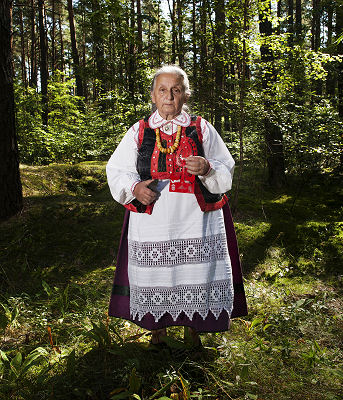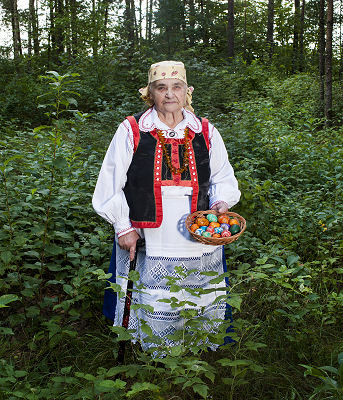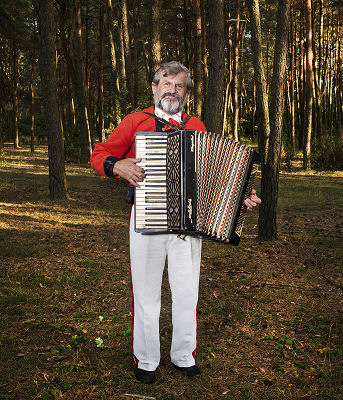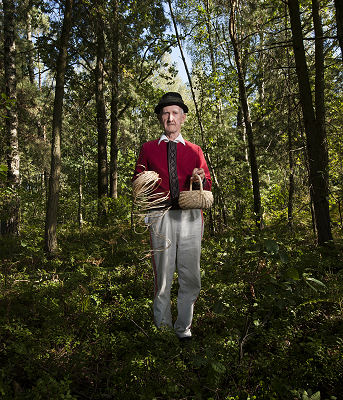|
Strona archiwalna!
Ta strona zawiera treści archiwalne, które nie były zmieniane po 23 września 2019 r. Jeśli chcesz wiedzieć więcej zapoznaj się z deklaracją dostępności
|
||||||
archiwum
 2006 2006
 2008 2008
 2010 2010
 2012 2012
 2014 2014 |
||||||

| ||||||
 |
 |
|||||

|
||||||
| strona główna założenia regulamin kalendarium wskazówki pobierz jury rejestracja zgłoszone projekty galeria gallery | archiwum kontakt | |||||
Description popularizing the research project Among ethnographic groups of Poland there are two known for their characteristic footwear. The first one are highlanders, especially the ones from Podhale, who still wear kierpce (a kind of carbatina shoes made of a single piece of leather) with their regional clothes. The other group living in White Forest and Green Forest in central Poland is also known for unusual shoes although people who live in Ostrołęka or Pułtusk, unlike highlanders, do not wear them anymore. Today the shoes would be very impractical. They used to be woven from thin strips of linden bast in a similar way as strawberry baskets are made today. The only trace of the shoes remained in the name of the ethnic group - Kurpie. Abstract Kurpie are an ethnographic group deriving from a tribe of Masovians who lived in the area of Green and White Forests. Hence comes the division of Kurpie into White ones and Green ones. The name Kurpie came from the type of bast shoes they used to wear, called 'Kurpie'. They preferred being called Puszczaki i.e. men of the forest. Kurpie from the very beginning of their settlement had specific laws. Being neither nobles nor peasants, they lived by their own laws and were subject only to the King of Poland. Muddy lands and forests were not favourable for agricultural settlements, so initially the main source of livelihood for Kurpie was the forest. The first settlers in the area (14th century) were fishers, hunters, bee-keepers (holders of royal warrants). They dug for amber and processed it, dealt with wood crafts and weaving. They made tar and charcoal. The natural barrier in the form of forests and swamps forced them to be self-sufficient. Hence the cultural distinctiveness with such characteristic elements as costumes, cottages, decorated and carved wooden objects, paper cutouts and decorative palms on Palm Sunday. Elements of folklore, including the dialect are still present in the 21st century. Currently in the region, numerous associations and societies promote cultural heritage of Kurpie. From a methodological point of view, we decided that it would be the best to reach for the classic sociological dimension of the photograph. Using the 6×7 aspect ratio of the photos, setting the models opposite the camera and introducing artificial lighting implement Zofia Rydet's methodology she used in her sociological records. Photograms are scheduled to be taken with the same technique every five years for 25 years. Documentation prepared together with the photograms will enable conducting comparative research into Kurpie's changing culture, commitment of the generations to come in observing their traditions, and interference in the same communications dealing with Kurpie. We believe that a comparison made after completing the project will give us a full picture of changes in the culture over the years, and it will be possible to extrapolate the accompanying case study to other ethnic minorities. The project is implemented by two photographers of Afterimage Collective. One of them is a student and a scientist.
|
|
|||||
















